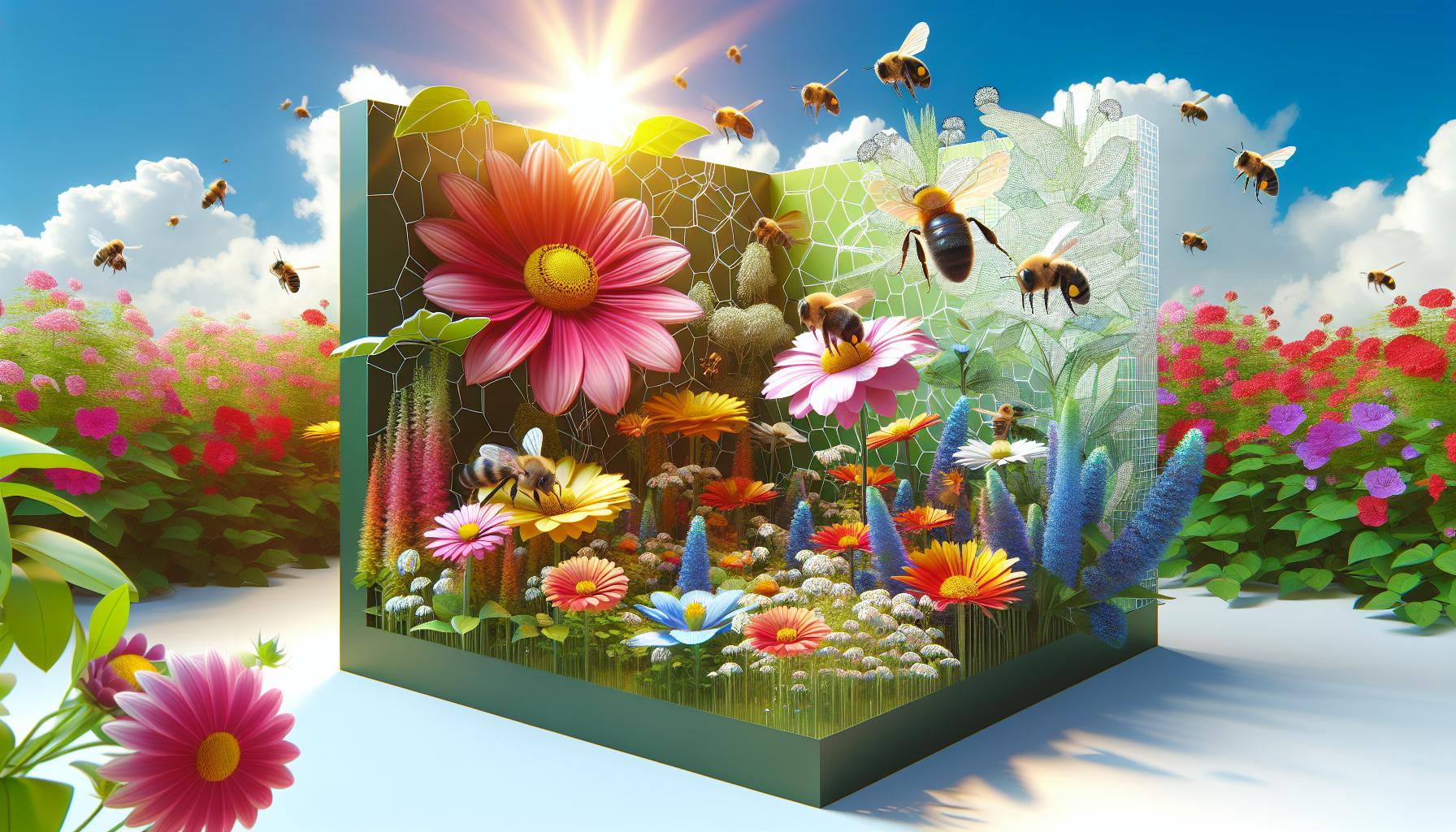
10 Different Kinds of Bees and Their Important Roles in Our Ecosystem
Bees play a vital role in our ecosystem by pollinating plants and supporting food production. While honeybees are well-known, there is an incredible diversity of bee species, each with unique behaviors and ecological functions. Understanding the different kinds of bees enhances our appreciation of their importance and fosters conservation efforts.
Overview of Different Kinds of Bees
Honey Bees
Honey bees are social insects that live in large colonies consisting of a queen, worker bees, and drones. They communicate through dances to share information about food sources. Honey bees are crucial pollinators for many crops, including fruits and vegetables. Additionally, they produce honey and beeswax, which have various human uses.
Bumble Bees
Bumble bees are larger and fuzzier than honey bees. They nest in the ground or in abandoned burrows. Their ability to thermoregulate allows them to forage in cooler temperatures, making them excellent pollinators for early spring plants and greenhouse crops like tomatoes.
Solitary Bees
Solitary bees, including mason bees and leafcutter bees, do not live in colonies. Each female builds her own nest and provides for her offspring. These bees are highly efficient pollinators and are often more effective than honey bees in certain environments due to their focused foraging behavior.
Carpenter Bees
Carpenter bees resemble bumble bees but have shiny, hairless abdomens. They nest by boring into wood, which can sometimes be problematic for wooden structures. Despite this, they are valuable pollinators, especially for flowering plants.
Sweat Bees
Sweat bees are small, often metallic-colored bees that nest in the ground. They are attracted to human sweat, but they play an essential role in pollinating wildflowers and crops. Despite their small size, they contribute significantly to maintaining biodiversity.
Leafcutter Bees
Leafcutter bees use small pieces of leaves to line their nests. These solitary bees are critical pollinators for many flowering plants, including alfalfa, which benefits agriculture.
Mining Bees
Mining bees create nests in the ground, emerging early in spring. They play an essential role in pollinating early blooming plants, ensuring a healthy start to the growing season.
Importance of Bee Conservation
Bee populations are declining due to habitat loss, pesticide use, climate change, and diseases. Conservation efforts, such as planting bee-friendly flowers, reducing pesticide use, and creating safe nesting sites, are crucial for protecting these essential pollinators.
Frequently Asked Questions
1. What is the role of bees in the ecosystem?
Bees are primary pollinators for many plants, ensuring the reproduction of flowers, fruits, and vegetables. This process supports biodiversity, food production, and the stability of ecosystems.
2. How many types of bees exist?
There are over 20,000 species of bees worldwide, ranging from social bees like honey bees and bumble bees to solitary species such as mason bees and leafcutter bees.
3. Why are bee populations declining?
Bee populations are threatened by habitat destruction, pesticide exposure, climate change, and diseases. These factors reduce their food sources, nesting areas, and overall survival rates.
4. How can people help protect bees?
Individuals can support bee conservation by planting native flowers, reducing pesticide use, creating bee-friendly habitats, and supporting sustainable beekeeping practices.
5. What is the difference between honey bees and bumble bees?
Honey bees live in large, structured colonies and produce honey, while bumble bees live in smaller colonies and do not store honey in large quantities. Bumble bees are better suited for pollination in cooler climates due to their ability to regulate body temperature.



Leave a comment